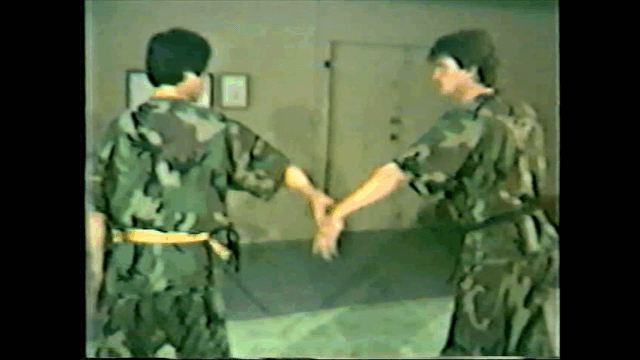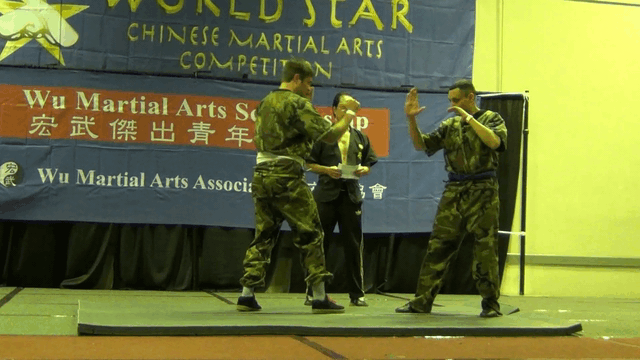I agree with this... but this is a problem that can be addressed. Its a problem of semantics and definitions.
When someone says "wrist locks work" we all think they mean, "I caught the other guys hand out of the air, twisted it around, and the guy went up on his tip toes and begged for mercy." When sensei demonstrated it, thats what happened. When people say that they don't work, they usually mean, that they have never seen sensei's demo happen in MMA.
I had one kid train with me for a while. He was super flexible. You could twist his wrist for days, and he would be able to move with it, so that it didn't hurt him at all. The other students got frustrated, because he kept saying "see, it doesn't work." So, I used him for uke for my next demo for the class. I twisted his wrist around, he moved with it and showed how it didn't hurt. I asked him to hit me as hard as he could. He could reach me with his free hand, just barely. He certainly could not get any power behind it at all. He couldn't kick me, because if he picked up either foot, he would fall. I demonstrated how I could hit him with my free hand, with plenty of power and he had plenty of targets to hit that were unprotected. I could also knee him and kick him. I said to the class, looks like it works pretty good... he can't attack me, but I can damage him or put him on the ground. I wanted everyone to understand that tapping out is not the only working answer. ( I then added in a few extra small details... and lit up his wrist good... his eyes bugged out of his face and he could not tap fast enough... I wanted him to understand, that they can be applied to him as well)
Now, yes, that was another "sensei demo." And yes I set it up a bit. But, the point still stands. If you get a decent grip, and get half way to putting the lock on, and the other guy pulls out of it... it still worked. First, most of the time they will give up their structure, balance or both to escape. There is your opening. Even if you grab for the wrist, and they immediately pull it away, they created an opening. If you have practiced them a lot, you should get familiar with how people move to get out of them and what openings they present while doing so. The second thing to realize is that they can give you the initiative. When you go for the wrist lock and they escape it, they just reacted to you. You now have the initiative to try to keep them reacting to you, instead of you reacting to them.
This works great when sparring with karate students. If I try to immediately hip throw them, they keep their distance and hit me a lot. However, if I grab their wrist, as they hold it out in guard, I never seem to get the lock. But, they do pull it away, and I can follow that in closing distance to get my hip throws in. (I usually just load them up on my hip, both their feet off the floor and pause to let them regroup...) I have also learned to throw punches and kicks behind "failed" wrist lock attempts. A fun combo I find is to start with a "failed" foot sweep. If you surprise them enough and sweep their foot before they pull it away, they usually extend their arms... grab one of the those wrists for a "failed" wrist lock and you can usually have them half way thrown before you ever enter with your hip.
Change your definition of "wrist locks work" to mean "creates movement and openings in the other guy" and you will find that they "work" a lot more. Add to that definition that they "also can give you the initiative," and they work even more often. And, should the opportunity come that you can actually get the lock on, don't pass it up. The look in their face is amazing when you get it right, but you won't see that face too often. See it every time you get the chance



